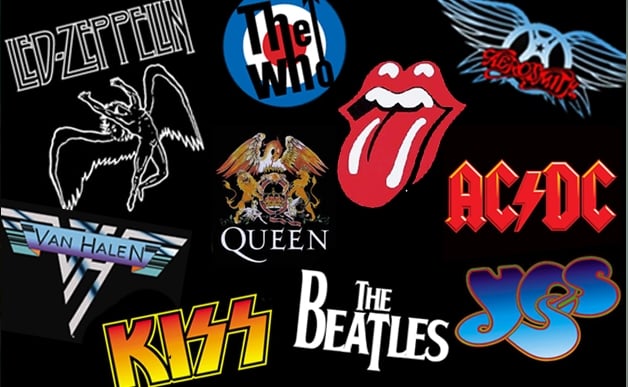The new daytime music format at Triple M Adelaide is reminiscent of the festival city’s bachelor and spinster ball culture of the mid 1980s, writes John Patkin in this review of the new Classic Hits format for radioinfo.
Mixed in with album rock anthems and selected hits of the period are classics from the 60s and 70s. It takes the audience back to the early days of FM radio in Adelaide when the new stereo band showcased more music and limited talk.
It’s the kind of music you would have heard at the Rowing Club Ball or one of the pubs frequented by university students who had attended private schools. As such, today it will resonate well with middle-aged professionals in one of the more conservative metro markets. The new rock format at Triple M is like the perfect jukebox with hourly news and traffic, but the music lacks a narrative.
The six hour period from 9am billed as “1047 Classic Triple M” features regular celebrity drop-ins endorsing the soundlift, but without an explanation the audience is left asking “why”? It would be hard to bring back the likes of David Day to walk us through these musical journeys as the celebrity drop-ins grow old. But SCA could turn to research data to provide the commentary.
In a combination of audience research and content creation, SCA could interview members of the public and use the data to tweak the format and edited sound bites to provide a narrative. Led by one of SCAs researchers, a group of interviewers armed with recorders could ask questions about songs and artists on the new Triple M playlist. In order to provide a narrative, participants would be asked about why they liked an artist, what they knew about him or her, what they were like live, their best memory and so on. Carefully edited and packaged, the responses could provide a realistic narrative that is played before an artist’s song.
Conducting such research could be expensive but once a template is set-up, SCA could use the data to support sales and marketing. For example, if people who liked Led Zepplin were more likely to buy a new car, then space targeting such consumers could be placed next to Stairway to Heaven. Updated regularly, the drop-ins would keep the station sounding fresh and the rich research data would give SCA value for money feedback.
A network with the programming talent of SCA would not have accidentally forgotten to provide a narrative. Less talk is a refreshing alternative to the city’s number one station Mix 102.3 which fills gaps between a more commercial sounding music format with promos for cash giveaways.
Despite the noisy imaging, Mix’s daytime programming is peppered with informative tidbits outside of newscasts about what is happening in Adelaide and this is what is lacking on the new Triple M. With a chatty breakfast and drive, Triple M needs to add a deft human touch that complements the sport-oriented morning and afternoon shows. Carefully administered by SCA programmers, it might be the right mix to attract more females without losing its valuable male segment.
 John Patkin is a regular contributor to radioinfo.
John Patkin is a regular contributor to radioinfo.
He is a Hong Kong-based Australian media researcher, originally from Adelaide.


Regarding this line, "It would be hard to bring back the likes of David Day to walk us through these musical journeys…"
Is, "It would be hard…" intended or a typo and should be, "It would NOT be hard…"?
How hard would it be for SCA to offer David the correct cash to return really?
Thanks.
Thanks John, very interesting. A great read too.